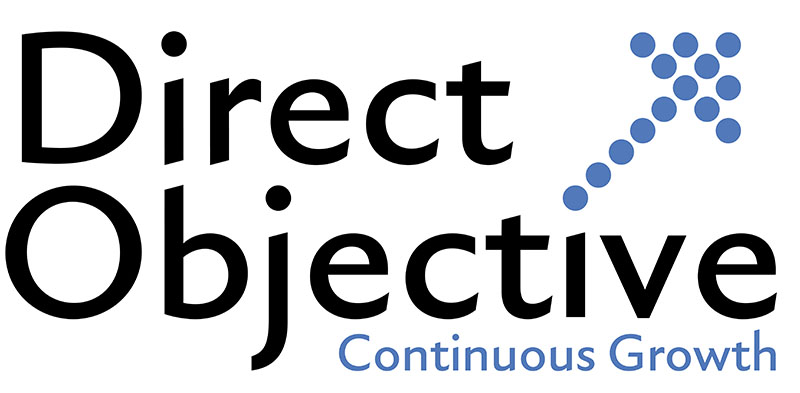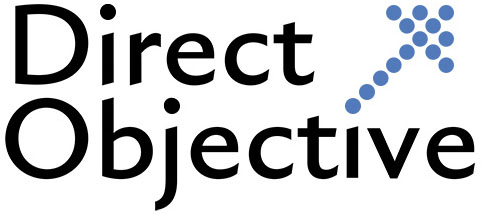Email campaigns are an effective way to create and nurture leads but have sadly come under fire in the last few years due to its abuse by spammers and junk mail filters.
Why Do Email Newsletters End Up in the Spam Folder?
Unfortunately, many companies’ email marketing efforts are going unread or trapped in an overzealous spam folder. We have identified three reasons:
1. Bad word choice
Spam filters are trained to operate in a particular fashion. The right choice of wording in your titles and content of your emails is very important; otherwise, they’ll likely end up in the trash heap.
2. The quality of your lists
All your email marketing lists should be permission-based, recently reviewed/regularly updated, and focused on a specific segment.
3. Your content authenticity
Even if you keep your lists up-to-date and your words are carefully chosen, people can still receive hundreds of emails per day. Why should they read yours?
Top Considerations for CAN-SPAM Act and CASL
In 2004, the CAN-SPAM regulation was implemented in the US, to curb the spread of spam from bulk email marketing lists. A decade later, the Canadian government created CASL (Canada’s Anti-Spam Legislation), a stricter law designed to fight spam and electronic fraud.

Some rules email marketing services must respect/adhere to/observe include:
-
- Email marketing lists can be used, but any email campaign must feature an “opt-out method”, which allows users to unsubscribe from future emails.
- Email marketing campaigns cannot use false subject lines or header information which can mislead email recipients.
- Permission-based email newsletters, or “opt-in” campaigns, are the only legal form of promotion. This means that a company cannot send completely unsolicited emails. CASL requires specific consent or an implied business relationship.
- Companies must explicitly identify their email marketing campaigns as ads or solicitations.
- Any bulk email marketing company must include the sender’s postal address.
- Email marketing lists can be used, but any email campaign must feature an “opt-out method”, which allows users to unsubscribe from future emails.
For further details about CASL (Canada’s Anti-Spam Legislation):
Download the document CASL: DOs & DON’Ts
How to Measure a Successful Bulk Email Campaign?
Email marketing services can be a very effective promotional tool, but without web tracking, there is no way to measure how an email marketing campaign is performing. Email campaigner solutions such as MailChimp and Constant Contact send out mass email marketing campaigns and provide these campaign performance measures:
-
- How many people read the email?
- How many people clicked the link in the email?
- How many emails were unsubscribed?
- How many email addresses were bounced (i.e., not valid or blocked by Spam blocker solution)?
Statistics like these show the effectiveness of email campaigns. Tracking allows an email marketing agency to modify and improve the performance of its campaigns. For example, if recipients are opening an email, but not clicking enough on the links, perhaps a better call to action is needed. If there is a low open rate, the subject line might not be compelling enough, or the email list might not make up the target audience.

What's Your MarketingReadyTM Ranking?
Click here to assess your business’ B2B Marketing Proficiency
Consult with Direct Objective today to learn more about designing creative and effective email campaigns and newsletters resulting in high-quality leads for your products or services!










